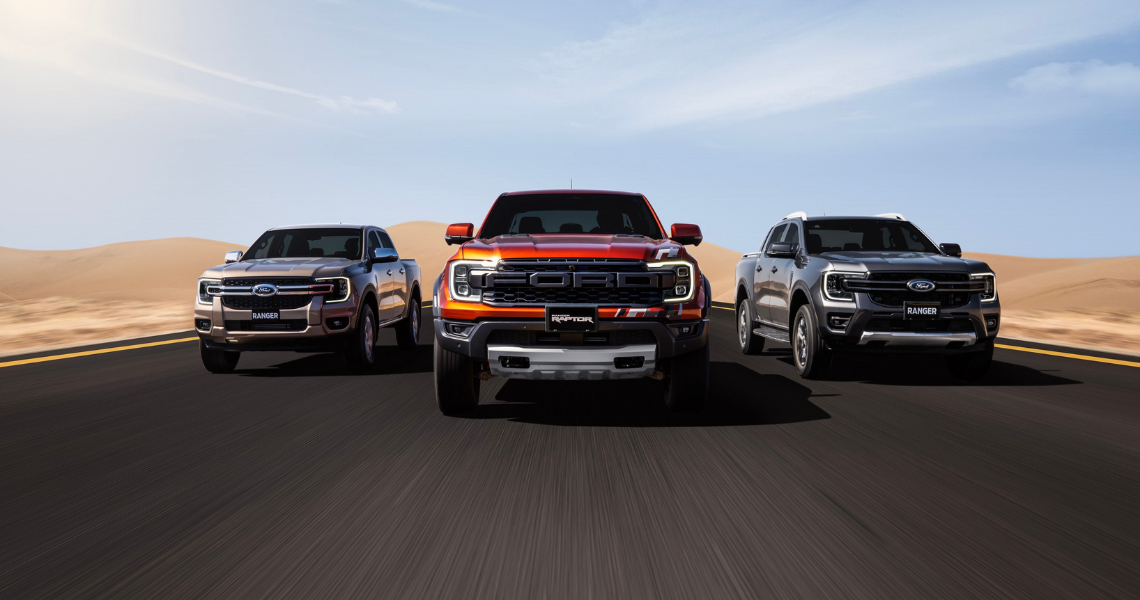The keen eyes and steady hands of Ford’s customer acceptance line (CAL) inspectors are critical in “providing a final seal of approval on every Ranger and Ranger Raptor,” said Sundarrajan Venkatesan, director of quality and new model programs, Ford International Markets Group.
The customer acceptance line is a six-step process that every Ranger and Ranger Raptor passes through before being shipped around the world. It involves artificial intelligence checks, paint and panel inspection, interior and lighting, electrical and a run around a 320-metre long, seven surface squeak-and-rattle track.
Here are the six steps:
Dark Room
With all the lights switched off, inspectors check head and tail lamps, the instrument cluster, SYNCÒ2 screen and all interior lighting for brightness and alignment.
Hands-On Inspection
Inspectors run their hands across every surface, tracing the contours for any imperfections, while also ensuring precise panel alignment. Every button, switch, and control is pressed, poked, clicked and pulled.
Systems Check
Comprehensive diagnostic checks ensure the electrical components are connected correctly.
AI Eyes
Ford’s mobile artificial intelligence vision system (MAIVS) uses advanced algorithms to scan the exterior of the vehicle for any flaws, like missing or crooked badges.
Rainstorm Simulation
The Leak Test stimulates a five-minute monsoonal downpour. High-pressure water jets blast the vehicle from every angle. Every light and seal is inspected for water tightness. The water used is treated and reused for subsequent tests.
Squeak-and-Rattle Track
Featuring everything from uneven cobblestones to angled irons, the squeak-and-rattle track simulates a variety of real-world driving surfaces to ensure there are no unwanted noises and that the suspension and steering operates exactly as it should.
Disclaimers
1 The described processes are representative of Ford’s quality control procedures and may vary slightly depending on the manufacturing location and specific model. Individual vehicle condition may vary.
2 Don’t drive while distracted. Use voice-operated systems when possible; don’t use handheld devices while driving. Some features may be locked out while the vehicle is in gear. Not all features are compatible with all phones.



